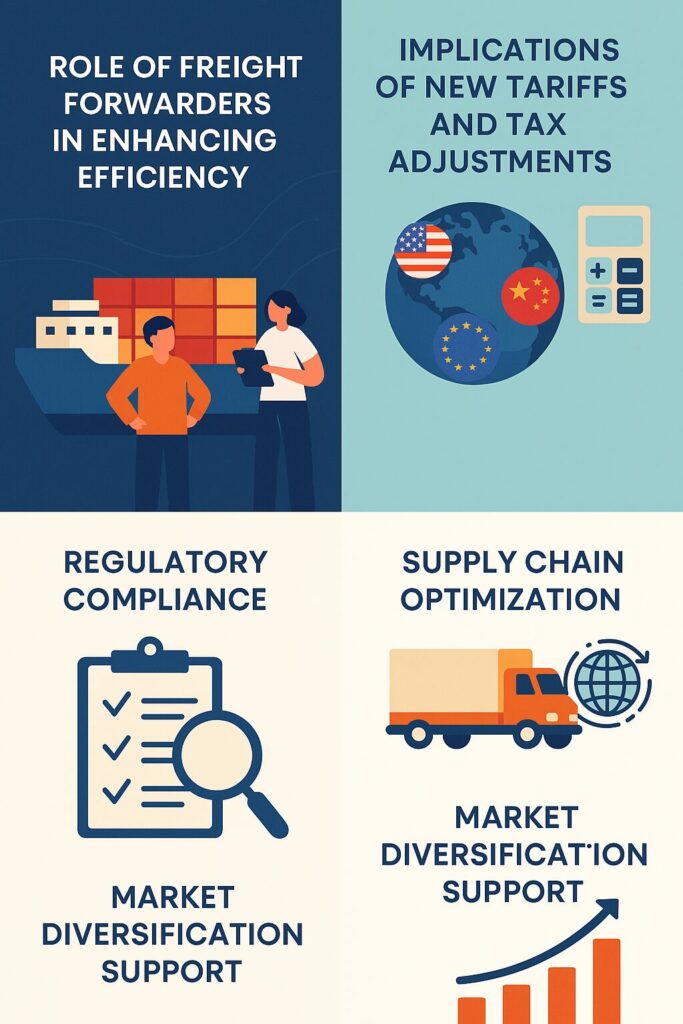Global Tax Policy Shifts in 2025: What You Need to Know
The first quarter of 2025 has ushered in a new era of international trade complexity. With the United States implementing a 10% universal import tariff and eliminating the “de minimis” tax exemption on goods from China, the cost of doing business across borders is rising significantly. Meanwhile, China has responded by cutting or eliminating export tax rebates on a wide range of products including refined oil, batteries, and photovoltaic components.
The European Union is also on alert, bracing for a wave of redirected Chinese goods and considering defensive trade actions to protect local industries. These concurrent changes represent not only geopolitical maneuvering, but a profound realignment of global trade patterns.

Economic Impact of the New Tariffs and Tax Adjustments
These changes carry significant implications for global commerce:
Rising Import Costs: U.S. companies face increased duties on goods from China and other countries, leading to price hikes and potential inflationary pressure.
Reduced Export Competitiveness: Chinese manufacturers may need to increase prices abroad due to the removal of tax rebates.
Disrupted E-Commerce Models: The end of the de minimis exemption affects small parcel imports into the U.S., particularly those under $800.
Market Rebalancing: The EU may see increased competition from redirected Chinese exports, affecting European manufacturers.
For businesses engaged in international trade, these developments demand not only vigilance but strategic adaptation.
The Critical Role of Freight Forwarders in 2025
In this volatile environment, freight forwarders are emerging as indispensable strategic partners for both exporters and importers. Their capabilities now extend far beyond shipping—they are at the center of supply chain resilience and operational intelligence.
1. Trade Compliance and Regulatory Updates
Freight forwarders provide up-to-date knowledge of changing customs rules, tariffs, and documentation standards, ensuring legal compliance and minimizing disruptions at borders.
2. Route Optimization and Cost Management
They analyze tariff exposure across different routes and transport modes, helping companies adopt cost-effective logistics solutions. For example, shifting from direct air freight to a sea-air combination may reduce overall costs under new tariff regimes.
3. Supplier and Market Diversification
By assessing infrastructure and customs environments in alternative sourcing countries, forwarders support businesses in relocating supply chains—from China to Southeast Asia, India, or Latin America.
4. Risk Mitigation and Contract Structuring
Freight forwarders can design contracts with clauses that address customs delays, revaluation of goods, or shifting port costs. This reduces financial uncertainty in international transactions.
5. Digital Freight Management and Predictive Tools
Leading forwarders now offer real-time shipment tracking, automated customs processing, and cost impact simulators based on current tariff data. These tools enhance planning and transparency.
With tax and tariff environments changing rapidly in 2025, businesses must rethink their international trade strategies. Freight forwarders are uniquely positioned to guide this transformation—offering not just transportation, but compliance expertise, strategic insights, and digital capabilities.
Choosing the right freight forwarding partner can mean the difference between operational disruption and sustained growth.








